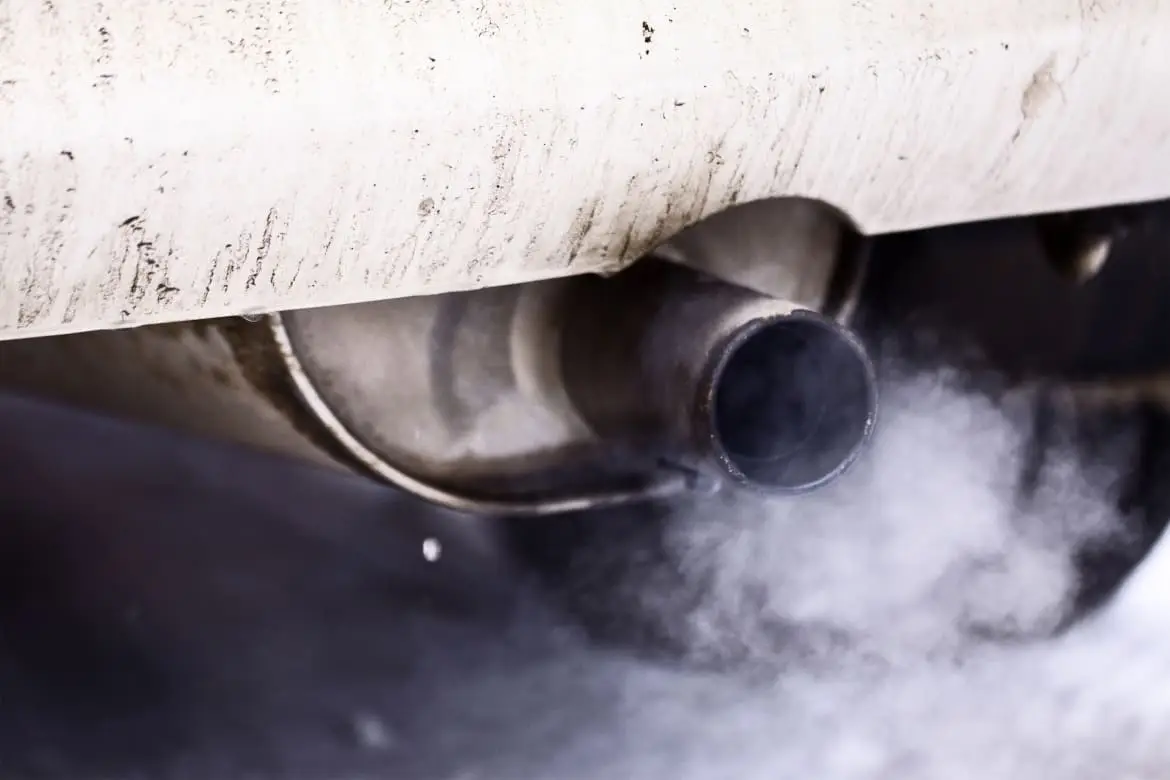How to Tell if a Car Has an Exhaust Leak


CARS.COM — How can you tell if your car has an exhaust leak? Your ears and nose can alert you to some exhaust leaks, but they may not be able to detect all leaks, including ones that could allow carbon monoxide inside your vehicle, which can be hazardous to your health. A hands-on inspection at a repair shop is the best way to determine if you have a leaky exhaust.
Related: More Maintenance Coverage
A loud or hissing exhaust is a good indicator of leaks, but noise from the engine, your tires or your surroundings while you’re driving may cover up the exhaust noise. Likewise, pinholes or gaps between parts are signs that may close up once parts heat up and expand, but the gas exposure you experience each time you start the vehicle can be damaging, however brief. Once carbon monoxide, or CO, enters the human body, it stays for many hours, so the cumulative effect of repeated exposure over time can cause worsening harm. Symptoms caused by carbon monoxide after more than a few minutes of exposure include headaches, dizziness, drowsiness and nausea.
Though you can smell fuel and some exhaust aromas, carbon monoxide is an odorless and colorless byproduct of combustion, and it’s potentially fatal.
Exhaust systems last years longer now than they did before the 1990s, when most manufacturers began using aluminized steel or stainless-steel parts that are more resistant to corrosion. Even so, exhaust systems can rust — and that can happen sooner on vehicles that are frequently driven short distances. Short trips don’t allow the exhaust system to get hot, and water vapor generated during combustion remains in the muffler and other exhaust system parts rather than vaporizing, which accelerates corrosion.
Rust produces more than gaping holes that are obvious to see. Pinholes that make little noise can form in places that are hard to see, such as on the top side of an exhaust pipe, muffler or catalytic converter. Even if the pipes and muffler are in good shape, the connections between components can rust or come loose from driving on rough roads; sometimes gaskets wear out.
Leaks can also occur under the hood, where the exhaust manifold attaches to the engine at the upstream portion of the exhaust system. A leaking exhaust manifold gasket or cracked manifold can be especially hazardous because a car’s ventilation system typically draws air from the front part of the vehicle and can introduce exhaust gas into the cabin.
On vehicles that are more than 5 years old, it’s a good idea to have a thorough inspection of the exhaust system every year or two to check for leaks and other damage. Even if no leaks are found, the inspection may uncover loose parts or minor damage that can be repaired before it becomes major (and costly) damage.
Cars.com’s Editorial department is your source for automotive news and reviews. In line with Cars.com’s long-standing ethics policy, editors and reviewers don’t accept gifts or free trips from automakers. The Editorial department is independent of Cars.com’s advertising, sales and sponsored content departments.

Contributor Rick Popely has covered the auto industry for decades and hosts a weekly online radio show on TalkZone.com.
Featured stories

15-Year Car Loans Aren’t a Thing, But Americans Are Getting More Comfortable With Long Loan Terms

2025 Kia Telluride Review: Rougher Roads Ahead



